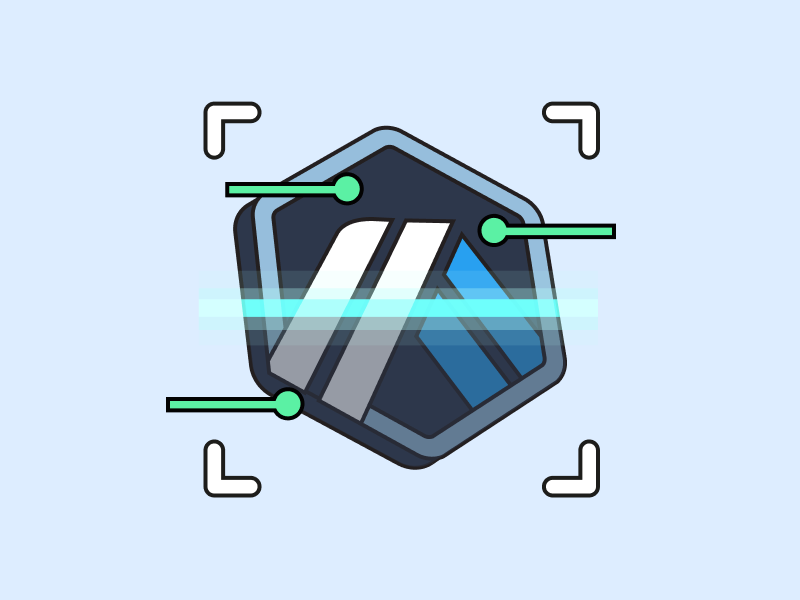Base Ecosystem: A Look at Its Growth and Potential

Base, Coinbase’s Layer-2 protocol, has taken the spotlight with a significant surge in metrics . Who would have thought Base would become a home for memecoin projects? In addition to the memecoin project, several promising projects have emerged within the Base ecosystem. HHow extensive is the development of the Base ecosystem, and what are its future prospects? Check out the full review in the following article.
Article Summary
- 🔥 Base has become the third largest Layer-2 protocol with a market share of 14.17%
- 🚀 Base’s Total Value Locked (TVL) has tripled to reach US$1.525 billion by 2024.
- 📊 Recent months have witnessed a twofold surge in daily transactions and daily active addresses within Base.
- 🏆 The Base ecosystem’s rapid growth is fueled by memecoin enthusiasm and promising protocols like Aerodrome, Heroes of Mavia, Virtual Protocol, Farcaster, and Friend.tech.
About Base
Base is a Coinbase-built layer-2 (L2) blockchain, allowing developer teams to create a secure, low-cost, and friendly protocol. The project is built using Optimism’s OP Stack technology. As a result, Base inherits Optimism’s optimistic roll-up technology for its transaction processing.
Base’s mainnet operates independently from Optimism’s network. However, by using the OP Stack, the Base network will be able to connect with the L2 network in the Optimism Superchain ecosystem.
Additionally, Base also supports the implementation of account abstraction. In other words, developers can create applications that execute transactions without performing manual interactions, such as storing private keys, determining gas fees, and signing transactions.
You can learn more about what Base is and its technology in the following article.
Base Development
Base has successfully demonstrated its ability to compete with established L2 protocols such as Arbitrum and Optimism as a newcomer. Based on l2beat data, Base’s market share reached 14.17%, the third highest in the L2 sector. This figure is even slightly behind Optimism, which ranks second with a market share of 16.27%.

In addition, Base also managed to record positive growth in terms of Total Value Locked (TVL). Based on Defi Llama data, Base’s TVL had reached US$ 1.515 billion when this article was written. At the end of 2023, Base’s TVL was only US$ 447 million. This means that throughout this year, Base has recorded a 3x growth in TVL.
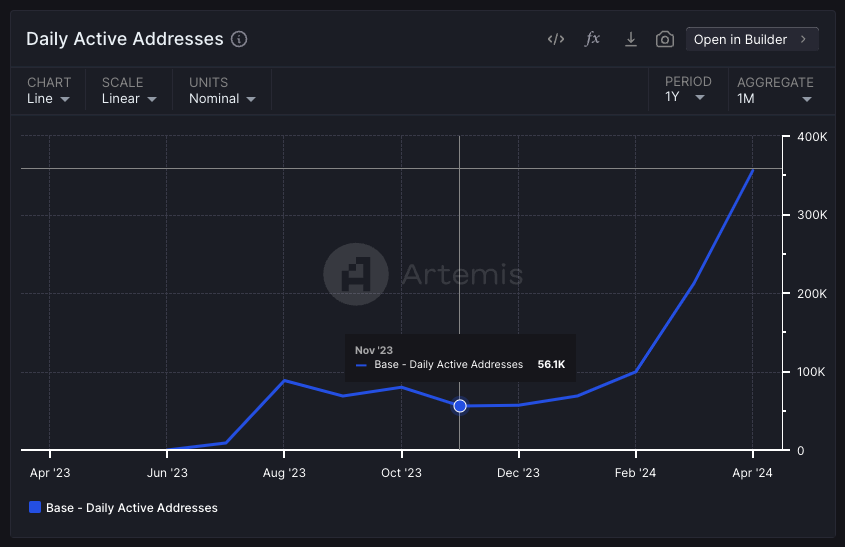

Base continues to exhibit significant growth in key metrics such as daily transactions and daily active addresses. Data from Artemis shows that active addresses on the Base network in March reached 212,000. In previous months, the figure never even crossed 100,000 active users.
A significant increase also occurred in Base’s daily transactions. Throughout March, the number reached 34.1 million. This figure almost tripled from February’s 12.2 million transactions. The growth in these metrics shows how active the Base network is.
On the other hand, the growing Base ecosystem is also one of the factors driving the increase. The emergence of several native protocols with promising potential, as well as the memecoins hype on the Base network, are among the driving factors.
Base Ecosystem Development
Although relatively new, Base has attracted developer teams to develop their apps on the Base network. So far, the Base ecosystem has been filled with various protocols. The following are some examples:
1. DeFi
While the native DeFi sector in Base is still evolving, Aerodrome stands out as the sole native DeFi protocol on the Base network. Serving as the primary Automated Market Maker (AMM) protocol, Aerodrome facilitates all trading activities and liquidity marketplaces within Base. It inherits many features and mechanisms from Velodrome V2.
Users can swap various tokens in the Base ecosystem with Aerodrome. Users can also become liquidity providers in multiple pools. In addition to earning APR, liquidity providers will be incentivized to receive AERO tokens for a portion of the trading fees.

Aerodrome is the protocol with the largest TVL on the Base network, at US$786.3 million. Aerodrome has recorded an average monthly trading volume of $1.53 billion with an average monthly user of 194,390.
Find out how the DEX protocol works in the following article.
2. GameFi
- Heroes of Mavia
Heroes of Mavia is a multiplayer strategy game where players create bases and armies to wage war with other players. They will compete for crypto through a play-to-earn system. In terms of game concept and visual quality, it is similar to popular games like Clash of Titans.

By playing Heroes of Mavia, users can earn various in-game items such as characters, weapons, base lands, etc. All of these are NFTs so that they can be traded. Currently, Mavia is developing their NFT in-game marketplace, Ruby. Mavia’s popularity is reflected in their app downloads of over 4 million.
- Virtual Protocol
Virtual Protocol is a decentralized protocol that creates and monetizes Artificial Intelligence (AI) personas for any virtual interaction (metaverse, gaming, and broader online interactions). In a way, it’s like an AI character factory that can respond to text, voice, and movement for the needs of the virtual world. So far, Virtual Protocol is the only one in the Base ecosystem focusing on AI technology.

Through Virtual Protocol, users can become contributors by adding data or creating AI models and get rewards in return. In addition, users can also be rewarded by becoming validators to ensure everything works as it should. As for the developer team, they can use the AI in Virtual Protocol to integrate with their dapps.
3. SocialFi
- Farcaster
Farcester is a socialfi protocol built on the Ethereum network. Farcester’s differentiation from Web2 social media lies in its decentralization, transparency, and interoperability. In other words, it can interact with other blockchain networks, enabling the exchange of data, digital assets, and information across protocols.
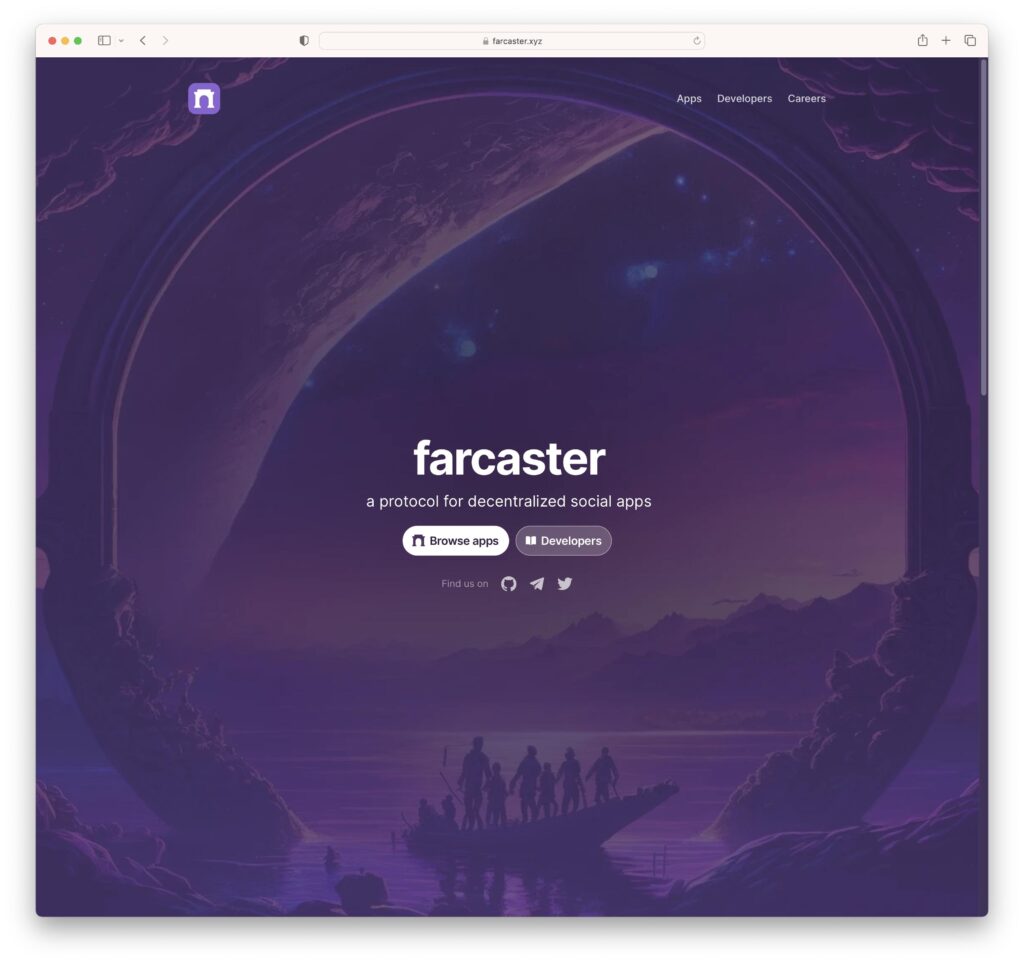
Farcaster aims to create a social media platform free from bot activity. They have introduced a $5 registration fee for creating an account to achieve this. This fee is expected to discourage the creation of bot accounts. Users who register with Farcaster will have their account limited to uploading 5,000 “casts,” 2,500 reactions, and 2,500 photo/link uploads for a year.
Warpcast is filled with big names in the crypto industry and influencers. Generally, the timeline on Warpcast contains information and analysis about crypto. However, users can also do other things, such as minting NTF, playing games, subscribing to newsletters, and making online purchases. Everything can be done without having to leave Warpcast.
- FriendTech
After experiencing a surge in popularity followed by a quiet phase, FriendTech is now staging a comeback. As Base’s pioneering socialfi protocol, FriendTech enables users to connect and engage in exclusive chat room. Through Friend.tech, X users can tokenize their accounts into “keys” and sell them on Friend.tech.
Friend.tech‘s resurgence is due to their plan to release version V2, followed by a possible FRIEND token airdrop. The development team announced that the V2 release will take place on April 29.
The news immediately brought an influx of funds back to Friend.tech. Based on data collected by @21.co, a total of 1,300 ETH entered Friend.tech on April 8, marking the highest net inflow since September 29, 2023. While data from DeFi Llama shows Friend.Tech‘s TVL jumped to US$ 41.8 million in the same period.
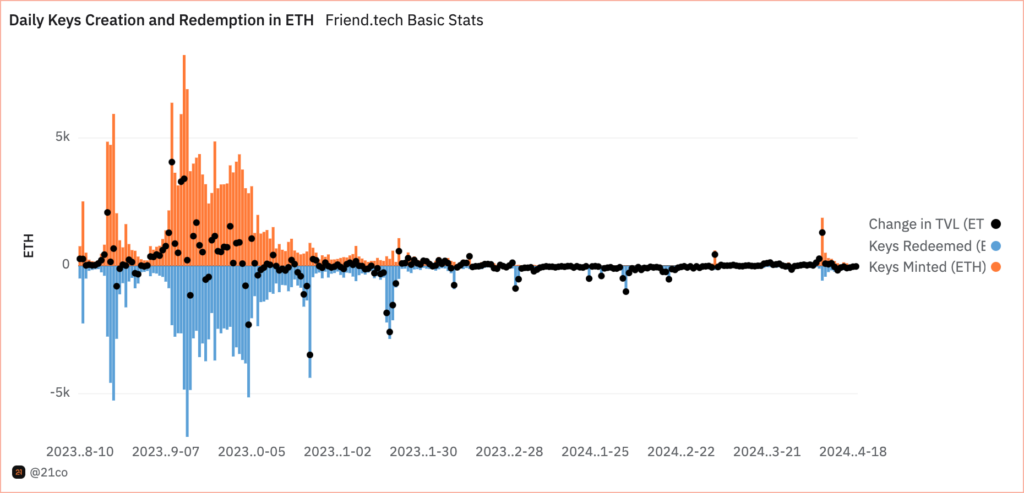
A complete guide to understanding what SocialFi is and how it works can be accessed here.
4. Memecoins
The presale memecoin frenzy isn’t just limited to Solana; it’s also gaining momentum at Base. This craze has been a significant driver behind Base’s recent surge in Total Value Locked (TVL). The following graph shows that the volume of transactions on Base began to experience an upward trend when entering March, coinciding with the memecoin hype.

There has been a surge in the popularity of memecoins such as DEGEN, BRETT, NORMIE, TOSHI, and ROOST. Each of these coins recorded an increase of hundreds to thousands of percent. As of this writing, dozens of new memecoins on the Base network continue to be listed on DEX daily. In addition, the invitation to or promotion of new Base memecoins on X continues.
However, what needs to be watched out for is that most of these memecoins are scams. An investigation by Magazine found that 1 in 6 new memecoins on Base are scams, where 91% have at least one security vulnerability. Therefore, stay vigilant and choose memecoins that have proven to have a clear community and secure liquidity on the Base network.
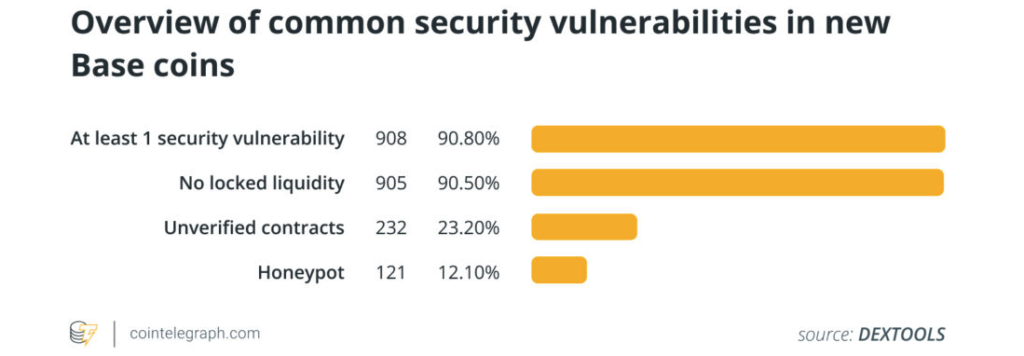
Base Future
Currently, the Base ecosystem is predominantly populated by memecoins lacking practical use cases. Meanwhile, the native dApps protocol is still relatively minimal. Nonetheless, the recent surge in memecoin activity has injected liquidity into Base, leading to a rise in daily transactions and active users within the network.
Some dApps developers might initially be doubtful about the Base network. However, the recent positive developments indicate that this ecosystem holds significant potential. Furthermore, Coinbase boasts a robust user base consisting of retail and institutional investors. This implies that there are still many other untapped users who have not yet explored the world of Web3.
Looking ahead, it’s highly probable that Coinbase will streamline the onboarding process for its exchange users onto the Base ecosystem. Moreover, BlackRock, the world’s largest investment manager, has also collaborated with Coinbase to provide crypto asset investment services to their clients.
These factors can attract developers to build their dApps in the Base ecosystem. When more and more innovative and prospective projects exist in Base, it will attract more and more users. In the end, the Base ecosystem will also get bigger.
Conclusion
Base is a layer-2 (L2) blockchain created by Coinbase that allows the developer teams to create a secure, low-cost, and friendly protocol. As a new L2 protocol, Base managed to steal the public’s attention with a significant growth in their TVL. It also recorded growth in other metrics, such as daily transactions and active addresses.
The development of the Base ecosystem was mainly driven by the launch of various memecoins, coinciding with the memecoin fever in Solana. However, Base also has some interesting potential native protocols such as Aerodrome, Heroes of Mavia, and Virtual Protocol. Farcaster, and Friend.tech. With the support of Coinbase, both in terms of infrastructure and user base, Base still has a lot of potential to continue to grow.
Buy Crypto Assets on Pintu
Looking to invest in crypto assets? No worries, you can safely and conveniently purchase a wide range of cryptocurrencies such as BTC, ETH, SOL, and others safely and easily on Pintu. Pintu diligently evaluates all its crypto assets, highlighting the significance of being cautious.
Pintu is also compatible with popular wallets such as Metamask to facilitate your transactions. Download Pintu app on Play Store and App Store! Your security is guaranteed because Pintu is regulated and supervised by Bappebti and Kominfo.
Aside from buying and trading crypto assets, you can expand your knowledge about cryptocurrencies through various Pintu Academy articles. Updated weekly, all Pintu Academy articles are made for knowledge and educational purposes, not as financial advice
References
- Shaurya Malwa, Base Blockchain Transactions Jump on Meme Coin Led Frenzy, CoinDesk, accessed on 18 April 2024.
- Yohan Yun, 1 in 6 new Base meme coins are scams, 91% have vulnerabilities, Magazine by CoinTelegraph, accessed on 18 April 2024.
- Brett Tejpaul, Coinbase selected by BlackRock; provide Aladdin clients access to crypto trading and custody via Coinbase Prime, Coinbase, accessed on 18 April 2024.
- Aerodrome Docs, About Aerodrome, accessed on 18 April 2024.
- Heroes of Mavia Docs, Mavia Introduction, accessed on 18 April 2024.
- Virtual Protocol Docs, The VIRTUALs ecosystem explained, accessed on 18 April 2024.
- Sander Lutz, What Is Farcaster and Why Is Crypto So Excited About the Twitter Alternative? Decrypt, accessed on 18 April 2024.
- Shaurya Malwa, Friend.Tech Money Metrics Surge Ahead of Potential Airdrop, V2 Release, Coindesk, accessed on 18 April 2024.
Share


